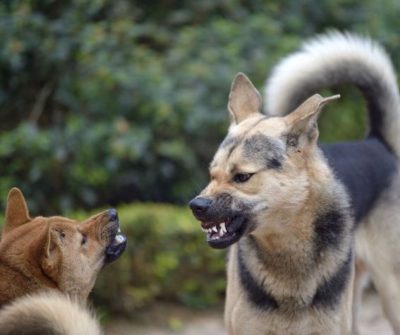CAAT Community Corner, communication is key to training…

Welcome to CAAT Community Corner!
We have had lots of questions from community members about training dogs. Before getting into specific training tips, we wanted to share with you an excerpt from a book written by dog trainer, Jean Donaldson, about what we expect dogs to understand, it really gives you a great perspective when training a dog…
“Imagine you live on a planet where the dominant species is far more intellectually sophisticated than human beings but often keeps humans as companion animals. They are called the Gorns. They communicate with each other via a complex combination of telepathy, eye movements and high-pitched squeaks, all completely unintelligible and unlearnable by humans, whose brains are prepared for verbal language acquisition only. What humans sometimes learn is the meaning of individual sounds by repeated association with things of relevance to them. The Gorns and humans bond strongly, but there are many Gorn rules which humans must try to assimilate with limited information and usually high stakes.
You are one of the humans who lives with the Gorns in their dwelling. The dwelling you share with your Gorn family is filled with numerous water-filled porcelain bowls, complete with flushers. Every time you try to urinate in one, though, any nearby Gorn attacks you or yells at you. You learn to only use the toilet when there are no Gorns present. Sometimes they come home and stuff your head down the toilet for no apparent reason. You hate this and start sucking up to the Gorns when they come home to try and stave this off, but they view this as increasing evidence of your guilt of some unknown act.” from Jean Donaldson – Culture Clash
This really helps us look at what it is like from the dog’s perspective without training or guidance from us. Dogs don’t want to be “bad” or misbehave, they simply don’t know what we want to have them be part of our human world. It can be applied to a puppy/dog peeing in the house, chewing on your shoe, barking when alone, etc. If we learn how to communicate with them and let them know what we expect of them through patience, consistency and positive training. The results can be astounding and rewarding for both the human and the dog!
As requested, we are going to talk about house training tips in our next CAAT Community Corner so stay tuned…





